If you've been blessed with a yard or a garden, you'll have hopes to create a beautiful outdoor space that's abundant with blooms, colors, and wildlife.
Buying and planting is the easy bit. It's the maintenance and aftercare that get in the way. Why? I have one word for you: weeds.
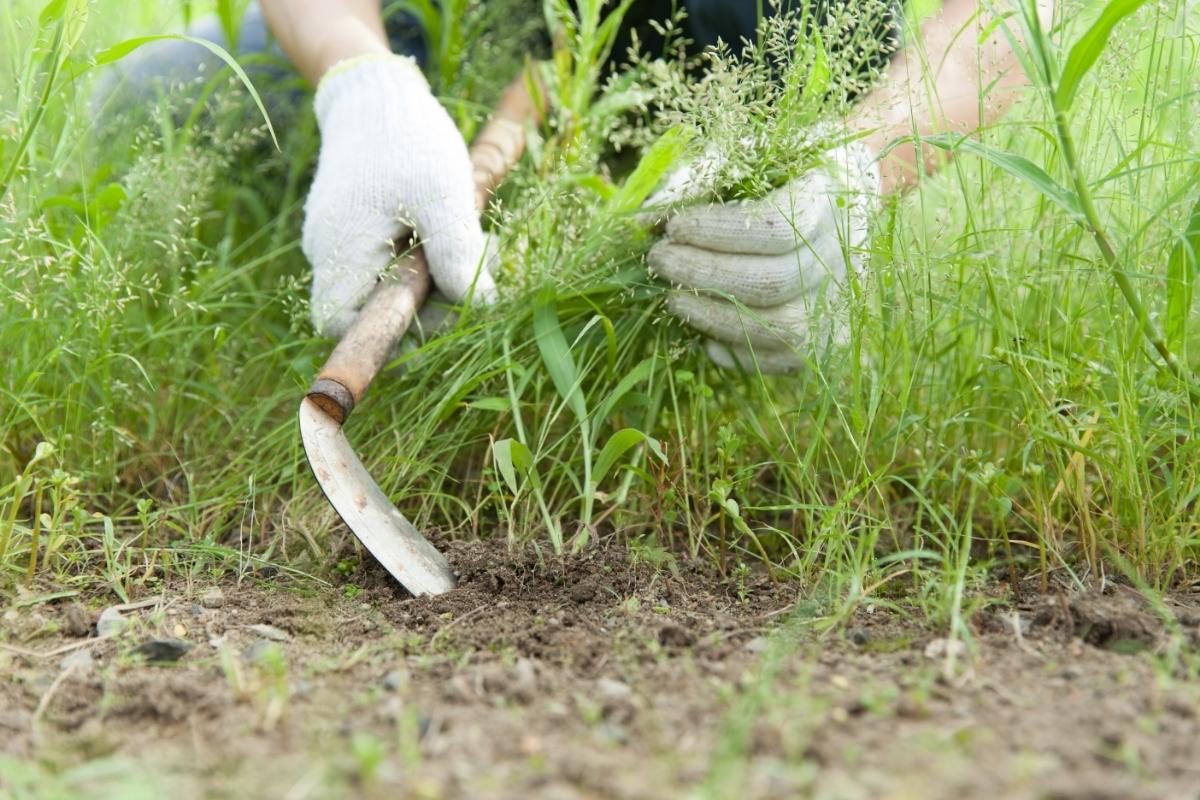
Weeds are every gardener's nightmare. Obnoxious and invasive types can choke up and kill off your prized plants in quick time, leaving you with a large open space filled with nothing but weeds.
If this sounds like you, then truly, you have our sympathy.
If your yard, garden, or other outdoor space is filled with weeds and you're not sure how to get rid of them, you've come to the right place.
Stick with us to discover five of the best ways to remove weeds from a large area, so you can watch your outdoor space thrive once again.
Weed Killer
Let's kick things off with an infamous suggestion - weed killer. Weed killers work by breaking down the cell walls of plant cells, causing the plant to die. They're great at killing weeds, but they're also toxic to humans and animals.
So if you use them regularly, it's essential to wear protective clothing (including gloves) and ensure you dispose of any waste properly.
Now, although weed killers are great for killing small patches of unwanted vegetation, they'll be more time-consuming to use on larger areas. They also leave behind toxic residues, which may be harmful to humans and animals.
Plus, using weed killer near food crops could damage the soil structure and cause contamination.
If you want to try weed killer to rid your yard or garden of weeds, we recommend Roundup's ready-to-use weed and grass killer with a comfort wand.
This product kills weeds without harming nearby plants, pets, and people. It has no smell and leaves no residue.
The active ingredient is glyphosate, which is non-toxic and biodegradable. You simply spray the herbicide directly onto the weeds and wait for them to wilt away.
If you want a weed killer that causes as minor damage as possible to the surrounding area, this is a great one to start off with.
When I tested this weed killer, I found the product's large bottle and comfort and made it easy to spray larger areas too, so it wasn't as time-consuming to kill off our weeds as it would have been with a smaller bottle.
Pros
- Non-toxic: This means this weed killer is safe for pets, plants, and people.
- Biodegradable: This one has perks for the environment if you want an 'ethical' weed killer.
- Leaves no residue: This reduces damage to the surrounding areas and makes application easier.
Cons
- May harm plants if used near food crops: This product could severely damage them if you have food crops nearby.
- Can be challenging to apply evenly over large areas: Although the comfort wand makes application easier, this product is still tricky to kill numerous weeds over a large area.
Weed Suppressant Membrane
Are you looking for a different way to kill off your weeds? Why not try a weed suppressant membrane?
These products are made from a natural polymer called polyvinyl alcohol, which creates a barrier around the weeds.
As the weeds grow through the membrane, water cannot penetrate the barrier, meaning the weeds will eventually dry out and die.
The advantage of using a weed suppressant membrane is that it doesn't require direct contact with the weed.
Instead, it creates a physical barrier between the weed and the surrounding area. This means there's less chance of damaging nearby plants and animals.
I tried this weed suppressant membrane by HOOPLE, and I really liked how effective it was. It worked well for us to kill off all sorts of weeds, including dandelions, clover, and even some types of grass.
However, I did find that applying these membranes was quite time-consuming. In fact, I had to apply each one individually, which meant I couldn't just throw the whole thing into the ground.
This isn't particularly convenient when you're trying to kill weeds growing in large areas.
Pros
- Doesn't require direct contact with weeds: This helps reduce damage to nearby plants and animals.
- Easy to apply: You can simply place the weed suppressant membrane into the ground and let it do its job.
Cons
- Requires more maintenance than other methods: Because the weed suppressant membrane is placed on top of the soil, you'll need to keep an eye on it to make sure the weeds don't get underneath it.
Fire Torch
Yes, you read that right. What better way to tackle a burning inferno of weeds than with literal fire? (No, I'm not crazy). Fire torches work by igniting the weeds with flames, causing them to burn up.
They're perfect for killing weeds in both small and large spaces where traditional methods aren't suitable. This practice even has its own name - 'flame weeding.'
The idea behind flame weeding is that the more often you torch the top of the weed, the more likely it is to give up and die at the stem. Brutal, but effective.
One of the best things about using fire torches is that they leave no residue behind. This means you won't have to worry about any harmful chemicals getting into the surrounding area.
Plus, because they use heat rather than chemicals, they're safe for use around sensitive plants or animals (at a distance).
I was impressed by how quickly the weeds died when I tested this method. Although they didn't completely disappear, they looked like they'd already been killed off.
I also noticed that the flames weren't very hot, making it safe to use around plants and animals. I used this butane torch by SONDIKO; although it's traditionally used in cooking, it definitely killed off our weeds!
However, it does produce a relatively small flame, so don't expect to torch up your whole yard in one go.
One downside to using a fire torch is that you may need to buy additional fuel to keep the flame going. You might also need to purchase special equipment to put the fire torch together.
Pros
- Safe for use around sensitive plants and animals: Flame weeding uses heat rather than chemicals, meaning you don't have to worry about harming plants and animals.
- No residue left behind: The fire torch leaves no chemical residues behind, meaning you don't need to worry about damaging the environment.
- Easy to use: All you need to do is light the torch, then walk around the area you want to clear.
Cons
- Requires additional fuel: This may get costly in the long term, especially if you're repeatedly clearing large areas.
Trim And Pull
Now, let's explore a more traditional approach. If you want to take things back to basics, it may be time to kill your weeds with a combination of trimming and pulling.
Trimming works well when you've got lots of weeds growing in clumps while pulling works well when you've just got a few straggly weeds.
It's important to remember that these techniques are only helpful if you know what type of weeds you're dealing with.
For example, if you're trying to remove dandelions, you should probably pull them out before cutting them down. Otherwise, you could end up pulling out healthy plant material instead of the weeds themselves.
Trimming is an easy technique to learn. All you need to do is cut the tops off the weeds with scissors, or a specialist strimming tool for large areas, like this Black + Decker string trimmer, then simply pull the weeds from their stems.
Pulling works well when you've only got a few weeds. Simply grab hold of the base of each weed, and pull straight upwards. This will cause the weed to break off at the root.
When I tested the Black + Decker string trimmer, I found it was INCREDIBLY useful for larger areas. It's powerful and lightweight and can trim large clusters of weeds in seconds.
It even has a handy LED light on top, making it easier to see where you're working. If you use this to trim the tops of your weeds and pull the roots out yourself, you'll have a clear yard in no time.
Pros
- Works well for large areas: The Black + Decker string trimmers easily cut through thick grass and weeds, allowing you to clear large areas quickly.
- Effective: A combination of trimming and pulling is guaranteed to get rid of those pesky weeds.
Cons
- Not suitable for all types of weeds: If you're not sure exactly what kind of weeds you're dealing with, it's best to consult a professional first.
- Requires some practise: You'll need to practice trimming and pulling weeds until you feel confident enough to tackle large areas.
Salt
Let's finish up with another 'traditional' method to kill your weeds - salt. Salt kills by dehydrating the soil so it won't work for very wet soils.
However, if you've got dry soil, it can be effective. You'll need to apply the salt directly onto the surface of the soil. Once applied, wait 24 hours, then water thoroughly. Repeat as necessary.
While this method isn't as fast as other methods, it does mean you don't need any special equipment. Just add a handful of salt to your garden bucket, fill it with water, and pour over your weeds.
The salt will dissolve into the water, killing the weeds without damaging anything else. I used this Happy Belly sea salt on our weeds, and it worked brilliantly.
Once I'd made up the saltwater solution, it was also pretty easy to cover large areas with it, too. So if you want a simple and effective method, this is one to consider.
Pros
- Easy to use: Salt is one of the simplest ways to kill weeds.
- Effective: It's cheap, doesn't damage plants or animals, and it actually works!
Cons
- Not suitable for all types of soil: Salt won't work effectively if there are already high moisture levels in the soil.
Buyer's Guide
Now you know some of the most effective ways to kill a yard or garden full of weeds, let us walk you through everything you need to consider before settling on a method.
Choosing A Weedkiller Method
There are two main factors that you should take into consideration when choosing a weed killer method: cost and effectiveness.
Cost
It's important to remember that while these methods may seem expensive, they're actually quite affordable if you look at them from a long-term perspective.
For example, it costs around $10 per year to buy Roundup Weedkiller, but it only takes about 60 minutes to apply it once every month. This means that over the course of a year, you could save more than $1,000.
Effectiveness
The second thing you need to think about is whether each method is effective. Some methods are much better suited to certain types of weeds, whereas others are great for all sorts of weeds.
So, if you have an area where you want to grow something like tomatoes, you might choose a different method to deal with the weeds growing underneath.
For example, because the salt method doesn't damage plants, it's perfect for growing vegetables. But, if you want to keep your lawn looking nice, you might prefer using herbicide.
How Do I Choose?
So, how do you decide which method to use? There are many things to consider, including:
- What type of weeds am I trying to get rid of?
- Do I have time to spend doing the job properly?
- Is it safe for my family and pets?
- Can I afford it?
- Are there any side effects?
If you have a lot of weeds, then you probably want to go for a method that will be quick and effective. That way, you can get back to enjoying your garden sooner.
If you're not sure what kind of weeds you have, you can always ask someone who knows their local flora well. They'll be able to tell you precisely what you need to do.
When choosing a method, it's also worth thinking about what you want to achieve. For example, if you just want to tidy up your garden, you might choose a method that kills weeds quickly.
However, if you want to create a beautiful garden, you might opt for a slower method that requires less maintenance.
Choosing a method really depends on what you want to achieve, so make sure you pick one that suits your needs.
Frequently Asked Questions
How long does it take for weeds to die after spraying?
Weeds usually start dying within 24 hours of being sprayed. The longer you spray them, the faster they'll die.
How Do I Get Rid Of Weeds Forever?
You can try using a combination of different methods. For example, you could use a slow-acting herbicide first, followed by a fast-acting herbicide.
Or, you could use a non-toxic product such as vinegar. You could even put down mulch in between rows of crops. All of these methods will help prevent new weeds from sprouting.
What to do after pulling weeds?
After you've pulled out the weeds, you should wait until the soil has dried before planting anything else. If you don't, you risk getting diseases or other pests.
Related Gardening How-tos
New to gardening? Here are some of my latest tips, tricks, and helpful gardening articles.
Final Thoughts
There are lots of ways to remove weeds from your garden. Even if you're dealing with a large, stubborn patch of weeds, all hope is not lost! Which methods work best for you? Let us know!






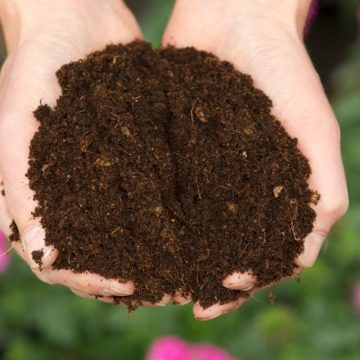
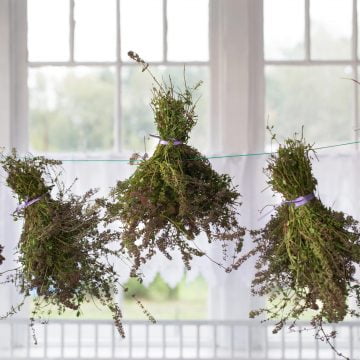

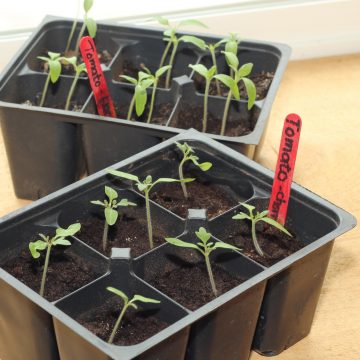
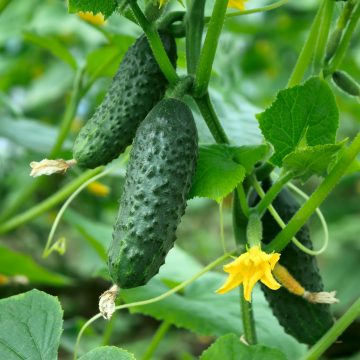
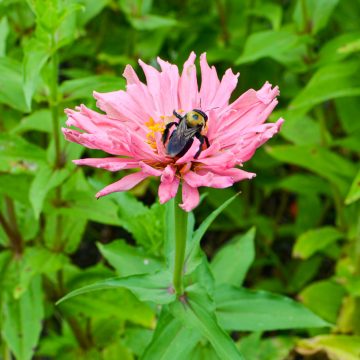
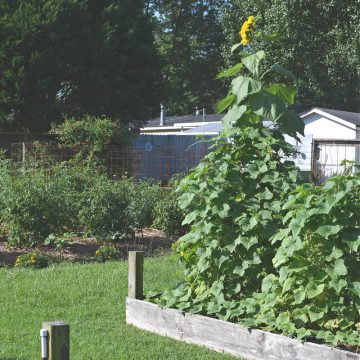

Karen Funk
Thank you for some wonderful and helpful garden ideas. We have grown a garden for most all of our married life (almost 50 years!) and each of use were reared helping Mom and Dad in their garden.